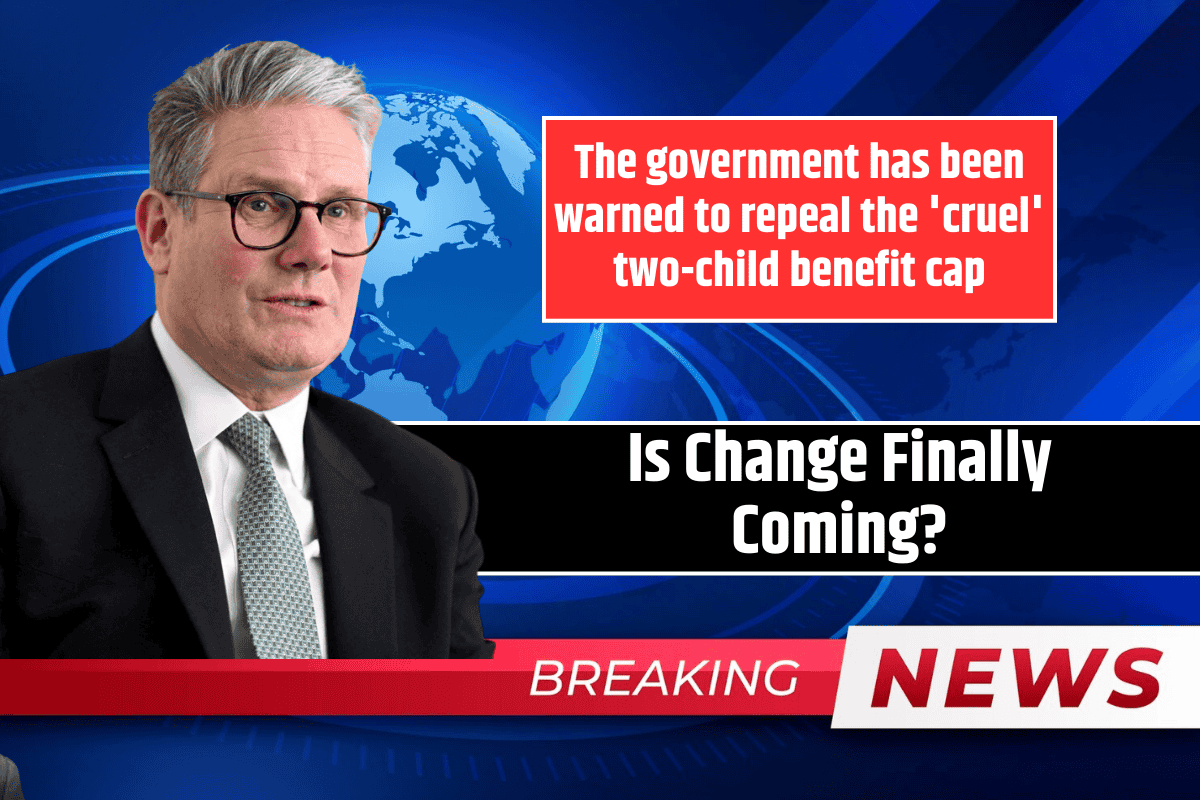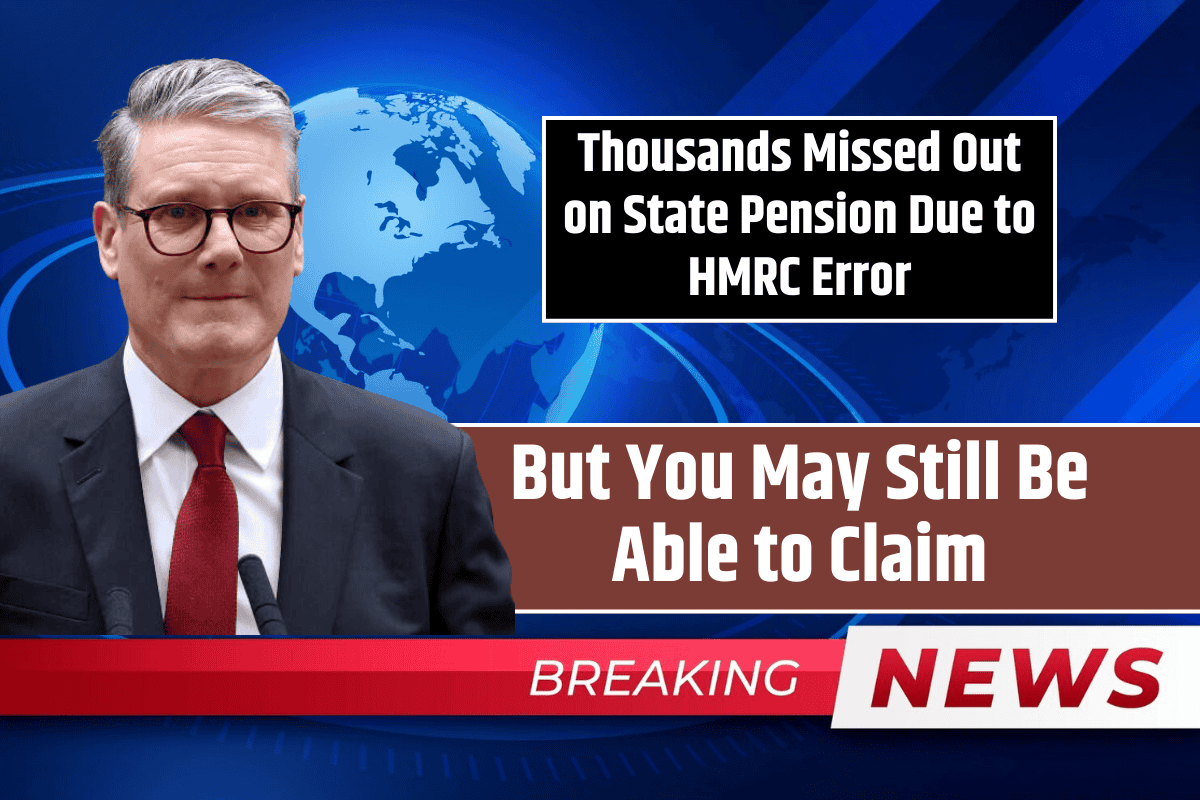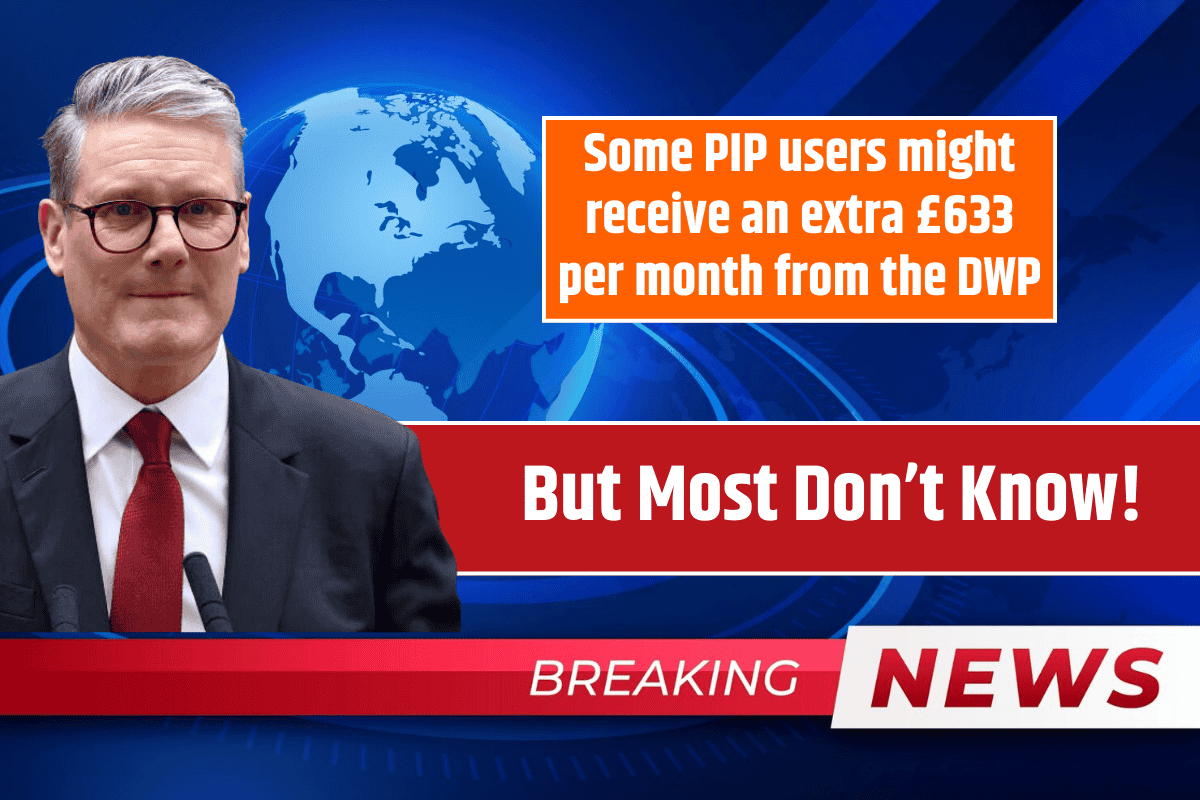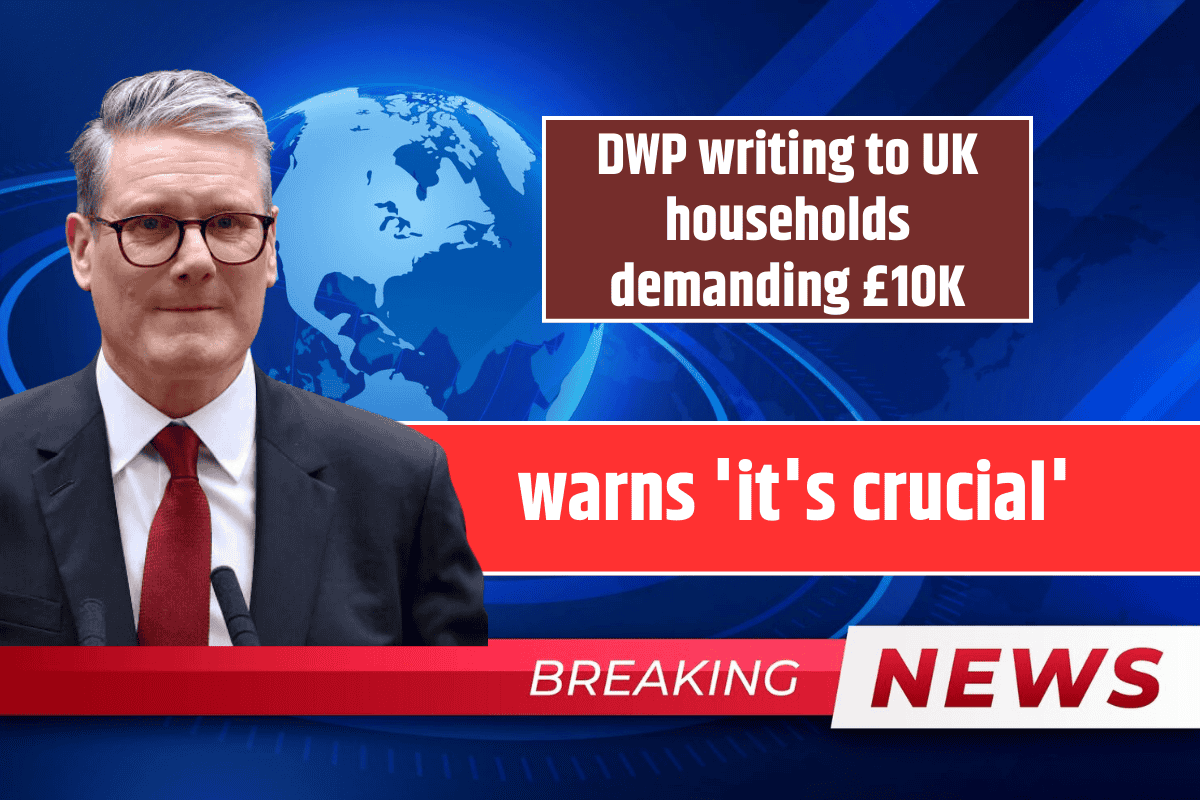Child poverty in Britain could reach a record high of 4.6 million children by the end of the decade unless the government changes key welfare policies. This warning comes from a new report by the Resolution Foundation, which says the current benefit system is pushing more families into hardship.
The report urges the government to take real action in its upcoming Child Poverty Strategy, instead of relying only on promises. Without serious reform, the number of children living in poverty is expected to rise from 31% in 2024 to 33% by 2030 — the highest level in recent history.
What’s Causing the Rise in Child Poverty?
One of the main reasons is the two-child benefit limit, a rule that stops parents from claiming child tax credits or Universal Credit for more than two children. The Resolution Foundation says removing this rule would have the biggest impact on reducing poverty.
Over 70% of poor families already have at least one parent working. So, simply asking people to “get a job” doesn’t solve the problem. The issue is that wages and benefits don’t match rising living costs, especially housing and food.
What Reforms Could Make a Real Difference?
The Resolution Foundation says scrapping the two-child limit and the benefit cap could lift 500,000 children out of poverty by 2030. This would cost the government about £4.5 billion.
Other recommended changes include:
- Extending free school meals to all households on Universal Credit. This would cost £1.2 billion and help 100,000 more children.
- Restoring the family element of Universal Credit and linking housing support to actual rent prices. These steps could lift another 140,000 children out of poverty.
- Relaxing the two-child rule to allow three children would help, but not as much — reducing poverty by only 320,000 children.
If all these reforms are done together, child poverty could be reduced to 27%, the lowest since the 1980s, cutting the total number of children in poverty to 3.7 million.
How Much Will It Cost?
The full reform package would cost around £8.5 billion, or £5.5 billion if savings and budget changes are made. Experts say this is affordable, especially when compared to previous government spending or Scotland’s current child welfare efforts.
A Warning from Economists
Adam Corlett, the Foundation’s chief economist, said the government’s current plans are not enough. “A real strategy means making bold decisions. If they don’t act, this government may go down in history for overseeing record child poverty,” he said.
He added that spending money now to help children will actually save the country more in the long run. The cost of doing nothing is far greater than taking action now.
What Happens Next?
The government is working on a new Child Poverty Strategy, but campaigners and economists are pushing hard for serious change. They say it’s time to put children’s futures first, even if it means spending more money.
FAQs
What is the two-child benefit limit?
The two-child benefit limit is a UK policy that stops families from claiming child-related benefits for more than two children unless exceptions apply.
How many children are currently in poverty in the UK?
As of 2024, about 4.2 million children are living in poverty in the UK. This number could rise to 4.6 million by 2030 without major policy changes.
What reforms are experts suggesting to reduce child poverty?
Experts suggest scrapping the two-child benefit cap, increasing free school meal access, linking housing support to real rent, and restoring lost Universal Credit elements.
How much would these reforms cost the government?
The full package of reforms is estimated to cost £8.5 billion, or £5.5 billion with savings and reallocations. Experts say this is affordable compared to past government spending.
How would these changes affect child poverty rates?
If all recommended changes are made, child poverty could fall to 27%, the lowest level since the 1980s, helping 900,000 children by 2030.






